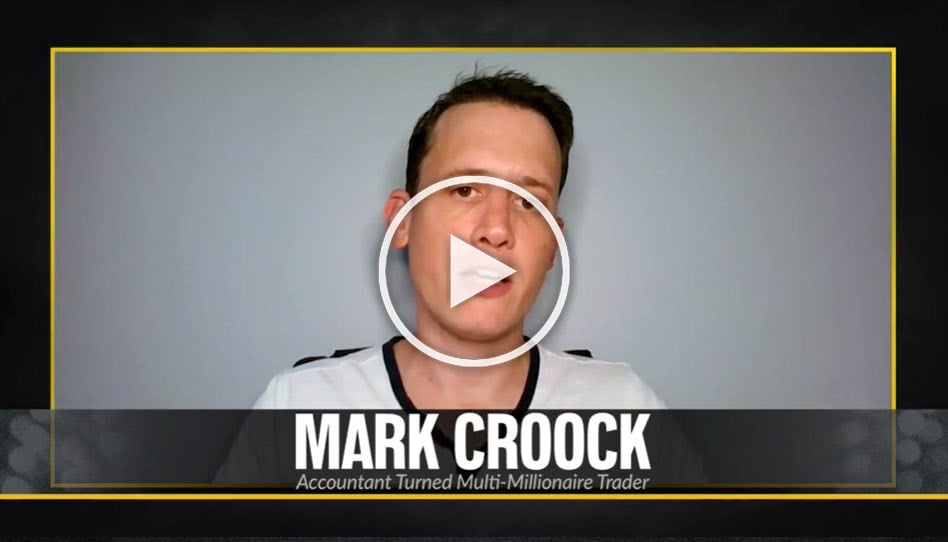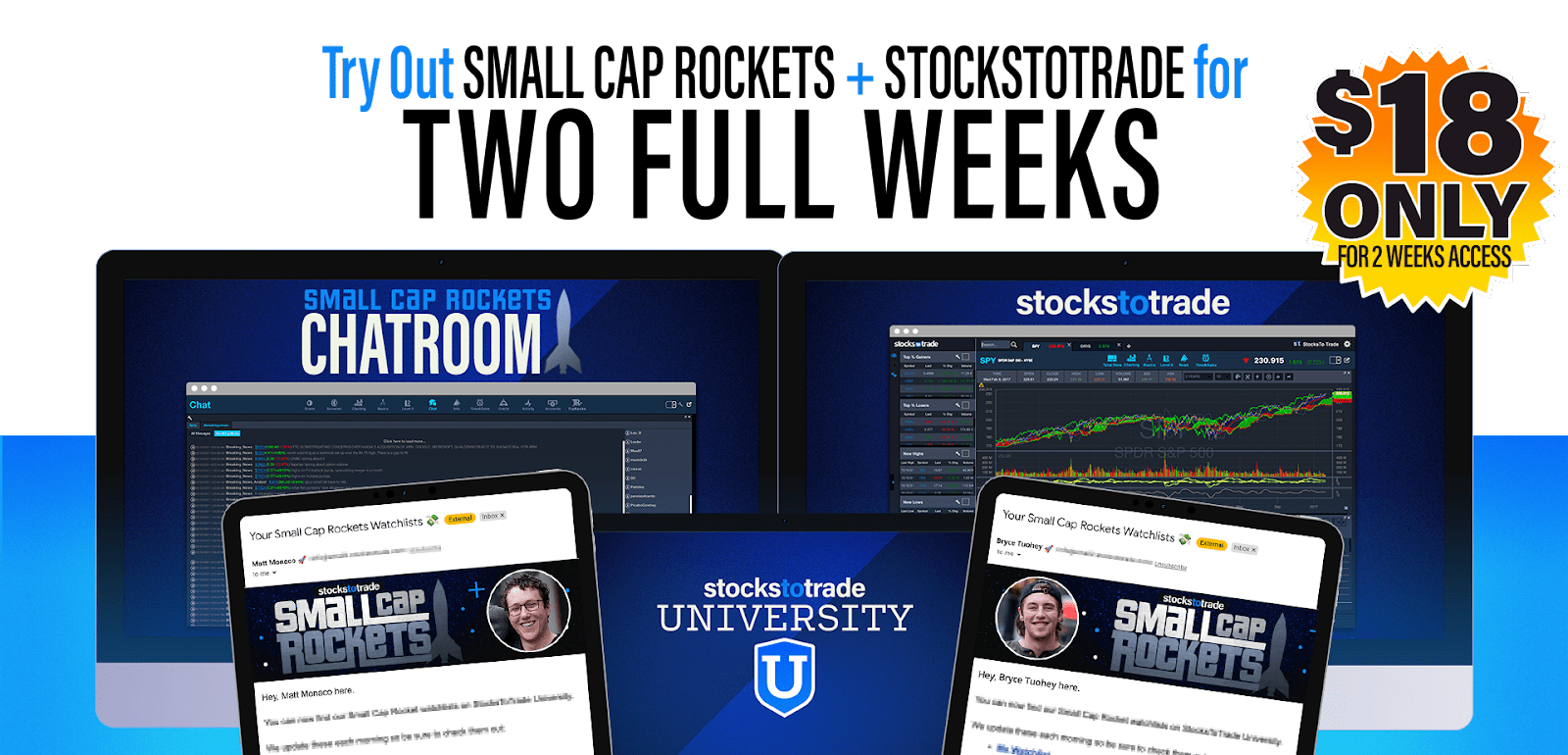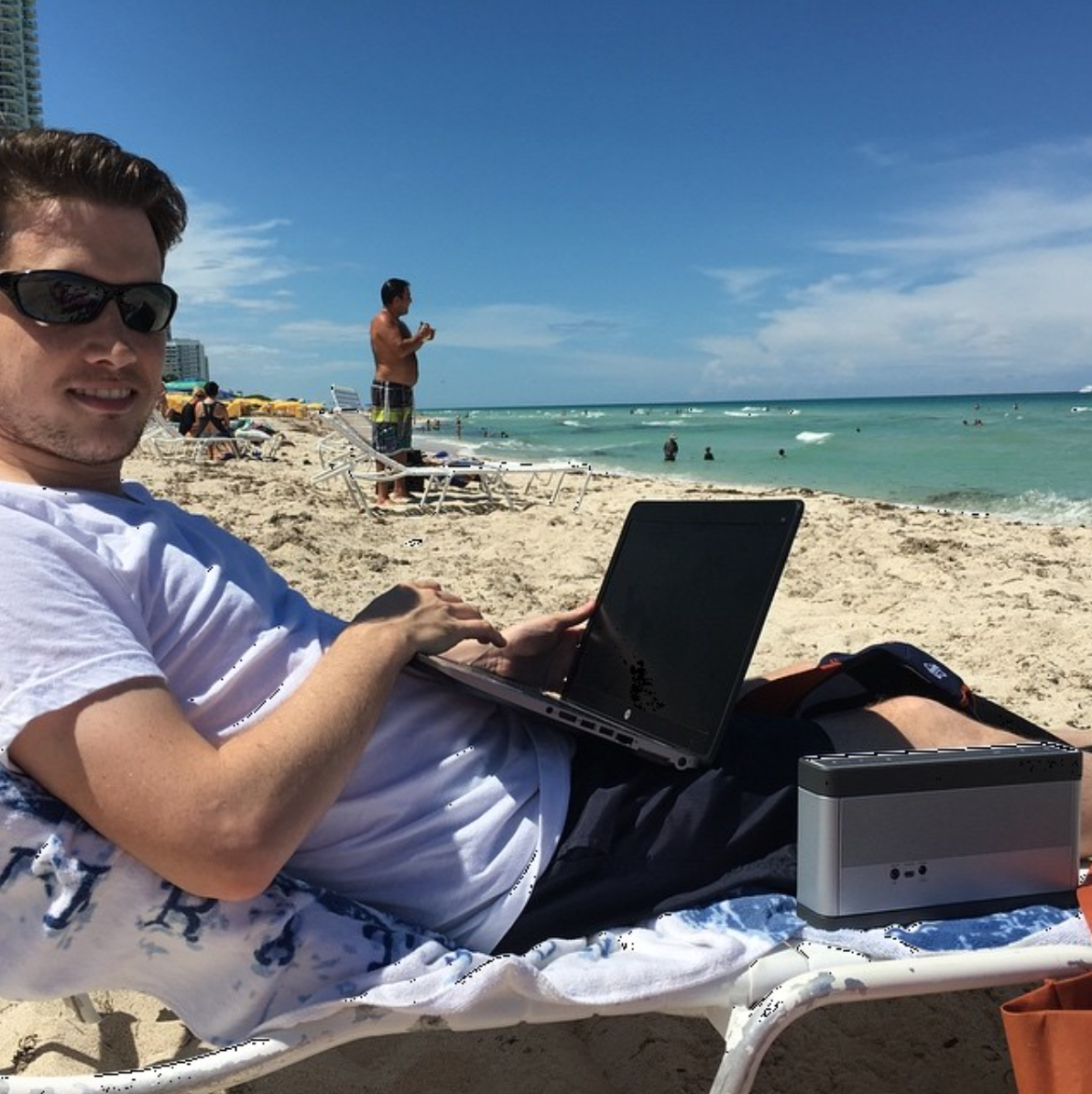However, most newbies assume if you buy a call option, you’ll make money if the stock price rises…
Unfortunately, it’s never that simple.
A multitude of variables dictate the price of an options contract … and misunderstanding them can lead to quick and devastating losses.
If you want to avoid those catastrophic losses, then listen up…
Options 101
The cost of an options contract depends on a number of factors: the current stock price, the options’s strike price, how long until it expires, its volatility, interest rates, and even whether the stock pays a dividend.
The price of an option consists of two main parts: Intrinsic value and extrinsic value.
Intrinsic Value: This is what the option would be worth if it expired today. For example, if a stock is trading at $170 and you have a $170 call option, the intrinsic value is the difference between the two, which in this case is zero.
Extrinsic Value: This accounts for other factors like the time left until the option expires and its volatility.
Options that are “at-the-money” (strike price equals current stock price) or “out-of-the-money” (strike price is less favorable than the current stock price) have no intrinsic value; they are all extrinsic value.
When the option expires, only the intrinsic value remains. The option will either be worth something (“in-the-money”) or expire worthless.
So … how do we understand our risk?
Volatility and Time Sensitivity: An option’s price isn’t just sensitive to stock movements. It’s also influenced by how volatile the stock is and how much time is left until expiration.
Trading Strategy: Ideally, you want to buy options when they’re cheap—when their “implied volatility” is low—and sell them when they’re expensive, or when their implied volatility is high.
Now let’s look at some ways traders implement risk management strategies…
The High-Stakes World of Gamma Trading
Gamma trading is a form of options trading that focuses on quick, significant price movements. Here, traders typically deal with options that are close to expiration and far “out-of-the-money,” meaning they’re not yet profitable but could be if the stock makes a big move.
How It Works: Imagine a trader buys low-cost, out-of-the-money options betting on a stock’s sharp decline. If the stock unexpectedly plunges, those cheap options can skyrocket in value, leading to enormous profits.
Risk Factor: Because these options are close to expiration, any wrong move can wipe out their value instantly. This strategy is risky but offers the chance to make big gains with relatively small investments.
Why It’s Called ‘Gamma’ Trading: In options lingo, “delta” measures how much an option’s price changes with a $1 move in the stock. “Gamma” measures the rate of change in delta. Simply put, if delta is a car’s speed, gamma is its acceleration. Gamma traders are betting on rapid acceleration.
Are you familiar with this trading “loophole?”

Are you familiar with the “loophole” that helps small accounts grow exponentially?
No, it doesn’t have anything to do with penny stocks or crypto…
And this strategy works regardless of whether the markets are up OR down…
This little-known options “loophole” is something you can use to grow your trading account right now…
What to Consider
Size Your Trades: Don’t invest more than you can afford to lose, as these are high-risk moves.
Liquidity: Trade options that have a narrow bid/ask spread, high daily trading volume, and significant open interest. These factors make it easier to enter and exit trades.
Be Prepared: Understand that this is an all-or-nothing game. You could lose several times before making a winning bet, but one big win could make up for multiple losses.
Understanding Volatility
If you’re considering holding options for an extended period, like several months or even years, you should also pay attention to implied volatility. A sudden increase in this can work in your favor.
Options get more expensive when implied volatility increases. However, many traders overlook this and only focus on the immediate price changes of the asset.
Ignoring implied volatility when buying call options can be a costly mistake. Remember, the longer the option has left until expiration, the more it’s affected by volatility changes.
Ideally, you want the implied volatility to go up after you buy an option, making it more valuable.
In a moment, we’ll dive into how to consider both time value and volatility when trading.
But first, let’s address a common question: which option contract should you choose?
To better grasp this, we’ll discuss the concept of delta.
Understanding Delta for Better Trading
In options trading, the Greek term ‘delta’ helps predict how much an option’s price will change when the stock price moves.
For instance, if you have a call option with a 50 delta and the stock price increases by $1, you could expect the option’s value to go up by $0.50.
Remember that you can lose value due to time decay and possible decreases in implied volatility.
You can find delta information on most trading platforms. Generally, a 50 delta call option is an at-the-money option. If you go deeper in-the-money, delta increases; if you go further out-of-the-money, it decreases.
Call options have a positive delta, while put options have a negative one. Higher delta options have more intrinsic value, but lose extrinsic value as they approach their expiration date.
When trading options for directional moves, aim to minimize the impact of time and volatility on the option’s price.
Optimizing Options Trading: The Importance of Delta
To succeed in directional options trading, eliminating the impact of time decay and volatility is key.
Let’s explore some generic scenarios to understand why.
Example 1: High-Delta Options
- Cost to control 100 shares: $510
- Equivalent stock cost: $9,109
- Gain per $1 stock increase: $0.75 (Delta)
- Intrinsic value: High
- Risk: Stock could move in the wrong direction
Here, the higher delta options offer a cost-effective method for betting on an upward move compared to buying shares.
Example 2: Medium-Delta Options
- Cost to control 100 shares: $247
- Equivalent stock cost: $9,109
- Gain per $1 stock increase: $0.55 (Delta)
- Intrinsic value: Minimal
- Risk: Premium could erode quickly on a stock downturn
These options may seem cheaper, but they carry higher time decay risk, making them less cost-effective relative to high-delta options.
Example 3: Low-Delta Options
- Cost to control 100 shares: $247
- Equivalent stock cost: $9,109
- Gain per $1 stock increase: $0.25 (Delta)
- Intrinsic value: None
- Risk: Requires rapid stock movement to be profitable
While day-trading options may not be feasible for everyone, swing trading offers an alternative approach that spans days or weeks.
Key Takeaway: Buying options is a race against time; options with different deltas behave differently. Choose your options wisely based on their delta to maximize your trading advantage.
Now, let’s look at when we might apply higher-level options strategies.
The Next Trillion Dollar Chipmaker After NVDA (Not AI)

Is this little known chipmaker the next NVDA?
It has nothing to do with AI, but this company’s patented chip could generate NVDA sized gains in the coming months…
Companies like Microsoft, Intel, and Google are all quietly racing to be at the forefront of this new phenomenon…
But unfortunately for them…
This one small company holds the key to this revolution…
What’s More Important Than Having The Right Strategy?
I once made over $200,000 on an options trade…
That’s substantially more than I ever made as an accountant.
I don’t bring this up to brag, but to show you what’s possible.
And while I never started as an options trader, I transitioned without problems.
Why?
Because I mastered the fundamentals of trading.
And all the little things that separate those who are successful from the ones who are not.
Stuff like managing your emotions, developing consistent processes, prioritizing risk management over profits.
All thanks to the help of Tim Sykes.
That’s why I’m so excited to share some awesome news with you.
Tim and his team have started hosting live training sessions.
And you know what else?
They’re bringing them to you at zero-cost.
But that’s not all.
There are several of them throughout the day.
So you have no excuses not to attend.
CLICK HERE TO SIGN UP TODAY FOR ONE OF OUR FREE, LIVE TRAINING CLASSES!
I’m excited to see you there!



